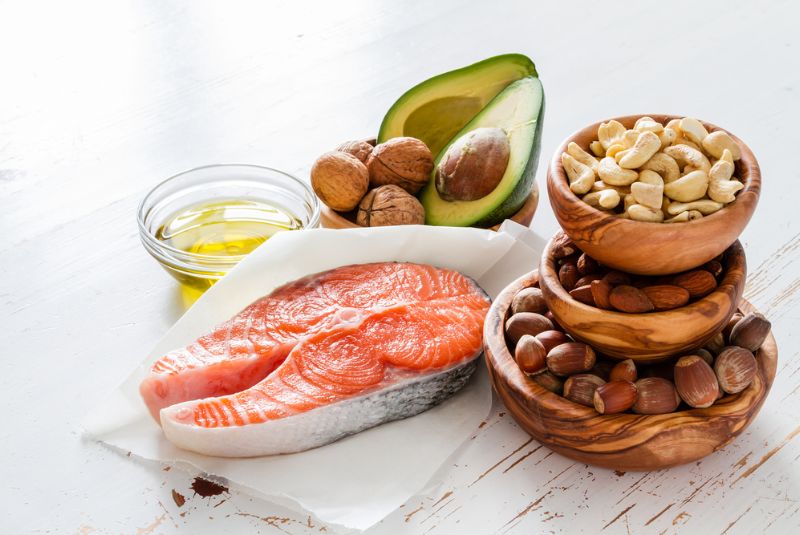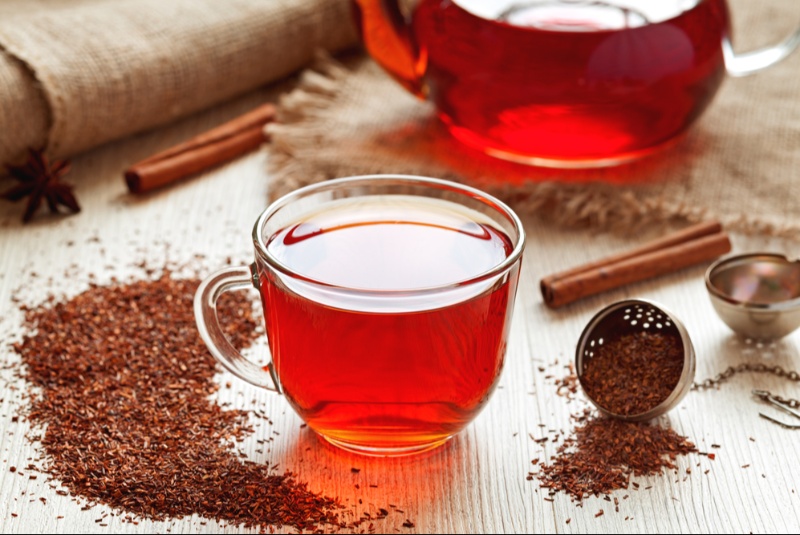The meat industry is a commercial industry in many developed countries, like the United States of America. Cows, turkeys, chickens, and pigs have been pumped with chemicals and antibiotics. There are many substances in your meat that you probably can not pronounce the name of – now that is scary! The reason chemicals are pumped into livestock is to fatten them up for consumption. Next time you’re at the grocery store, be weary of the slabs of red meat or globs of chicken breast you see in the refrigerated section – they are brimming with chemicals that are harmful for your body and mind. If there are ingredients you cannot pronounce in your food – you probably shouldn’t be eating it!

1. Ammonia
Ammonia is a chemical commonly used as a refrigerant. It is used to manufacture items like plastics, textiles, and dyes. Ammonia is also found in many household cleaning products. Hint, it is also used on meat in the United States! Ammonia is used on meat products to halt the growth of E. coli.
2. Chlorine Baths
Chicken is commonly dipped into baths of chlorine to kill the harmful bacteria and organisms on the poultry. If you consume a lot of chicken, you are also consuming trace amounts of chlorine. Washing chicken in chlorine is harmful for the environment and the health and safety of workers at the plants.
3. Steroids
The US government implants steroid patches into different livestock to make them bigger. For example, sheep and beef are given steroid additives for growth purposes. Some of the hormones added in to the meat you consume are progesterone, testosterone, and estradiol.
What can you do about this? Well, you can reduce your weekly meat intake. Instead, swap out chemical filled meats for a plant-based diet. If you Reduce the amount of meat you consume, you will reduce the amount of added chemicals and hormones you are ingesting. You can also find locally sourced and organic meat from a farm in your area that does not utilize these harmful practices on the livestock.




